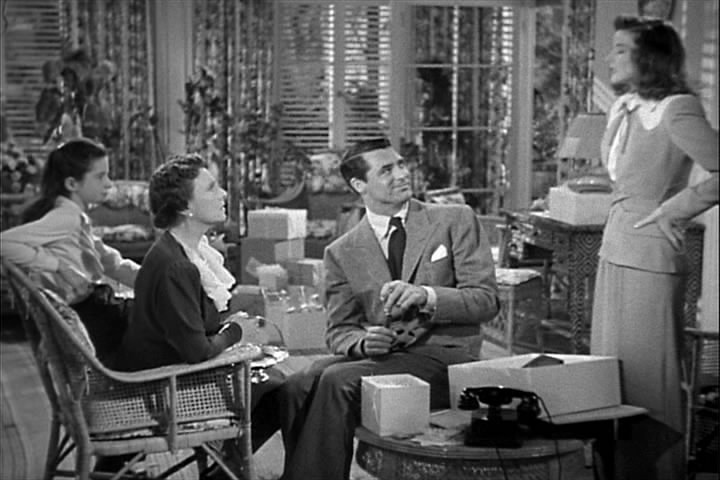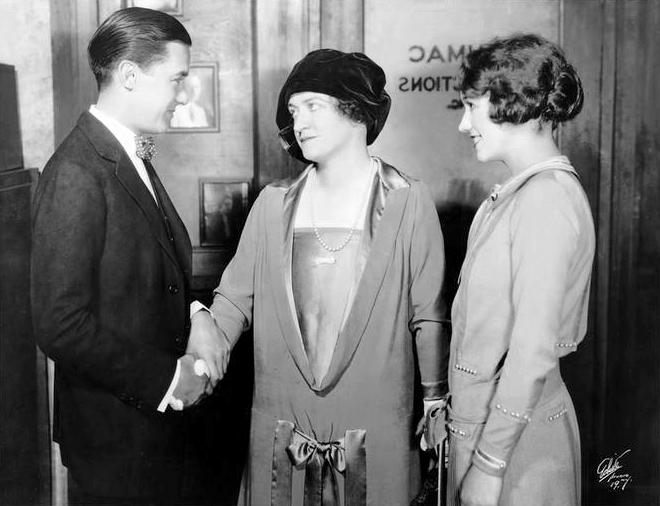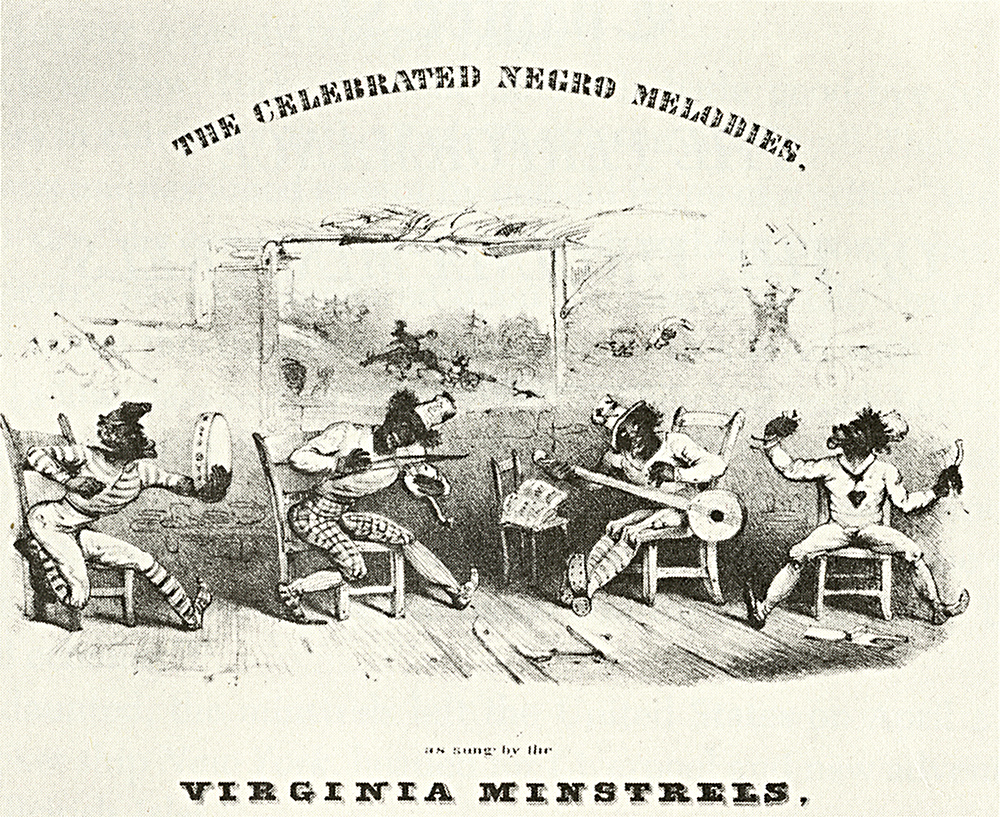|
Babes On Broadway
''Babes on Broadway'' is a 1941 American musical film starring Mickey Rooney and Judy Garland and directed by Busby Berkeley, with Vincente Minnelli directing Garland's big solo numbers. The film, which features Fay Bainter and Virginia Weidler, was the third in the "Backyard Musical" series about kids who put on their own show, following ''Babes in Arms'' (1939) and '' Strike Up the Band'' (1940). Songs in the film include "Babes on Broadway" by Burton Lane (music) and E.Y. "Yip" Harburg (lyrics), and "How About You?" by Lane with lyrics by Ralph Freed, the brother of producer Arthur Freed. The movie ends with a minstrel show performed by the main cast in blackface. Plot Cast Production ''Babes on Broadway'' was the third film in the "Backyard Musical" series, which included ''Babes in Arms'' (1939), '' Strike Up the Band'' (1940) and ''Girl Crazy'' (1943). The film was stalled in the middle of production when Garland secretly flew to Las Vegas to wed her first husband ... [...More Info...] [...Related Items...] OR: [Wikipedia] [Google] [Baidu] |
William Rose (illustrator)
William F. Rose (September 16, 1909– May 29, 1972) was an American illustrator and film poster artist active in the 1930s and 1940s. He is recognized as one of the most distinctive poster artists of the Classical Hollywood cinema, Classical Hollywood era, a time when most film posters featured painted illustrations rather than photography. Rose painted dozens of poster illustrations for RKO Pictures, RKO Radio Pictures and other studios. As one of the leading designers in RKO's art department, he helped to define the studio's bold visual aesthetic. Although he was prolific, only a fraction of his poster designs have been individually attributed to him. Most of his output remains unidentified. His artwork is prized by collectors, and original prints of his posters have fetched high prices at auction. One of his most iconic posters is the alternate "StyleB" design for ''Citizen Kane''(1941), which pitched the film as a more conventional romance than it actually was. The poster f ... [...More Info...] [...Related Items...] OR: [Wikipedia] [Google] [Baidu] |
Virginia Weidler
Virginia Anna Adeleid Weidler (March 21, 1927 – July 1, 1968) was an American child actress, popular in Hollywood films during the 1930s and 1940s. Early life and career Weidler was born on March 21, 1927, in Eagle Rock, Los Angeles County, California; she was the sixth and final child born to Alfred Weidler, an architect, and Margaret Weidler (born Margarete Therese Louise Radon, 1890–1987), a former opera singer. She was the second Weidler child born in the United States after the family emigrated from Germany in 1923. She made her first film appearance in 1931. Her first credited role was as Europena in '' Mrs. Wiggs of the Cabbage Patch'' (1934) a role she won at age seven after having been seen in the play '' Autumn Crocus''. Virginia made a big impression on audiences as the little girl who would "hold my breath 'til I am black in the face" to get her way. For the next several years, she appeared in many memorable films from George Stevens's '' Laddie'' (1935) to a ... [...More Info...] [...Related Items...] OR: [Wikipedia] [Google] [Baidu] |
Frederick Burton (actor)
Frederick Burton (October 20, 1871 – October 23, 1957) was an American actor. He appeared in 122 films between 1914 and 1947. Burton was born in Gosport, Indiana and died in Woodland Hills, Los Angeles. Life and career The following comes from a 1907 issue of ''Life Magazine'': FREDERICK BURTON, the actor, hails from Gosport, Ind. He got his start on the stage after making a hit in a Knights of Pythias benefit in Gosport. After three years' absence from home, his company played in Terre Haute and Burton invited his father to come over and see him act. The old man took in the show, and after the last curtain went back on the stage to see his son. Presently the treasurer appeared at the dressing room door and handed Burton his weekly pay envelope. Burton senior saw the figures on the outside and his eyes sparkled. "You don't mean to tell me you get that much every week, do you?" exclaimed the old gentleman. "That's right," Burton replied, modestly. "Well, what other chore ... [...More Info...] [...Related Items...] OR: [Wikipedia] [Google] [Baidu] |
Emma Dunn
Emma Dunn (26 February 1875 – 14 December 1966) was an English actress. After starting her acting career on stage in London, she became known for her works in numerous films and Broadway productions. Career Emma Dunn appeared onstage in her early teens, graduating to the London stage for several years and later became a noted Broadway actress. She appeared in the first American production of Ibsen's ''Peer Gynt'' (1906) with Richard Mansfield as Peer. She played Peer's mother, Ase, even though she was, in real life, 20 years younger than Mansfield. She appeared in three productions for theatre impresario David Belasco: ''The Warrens of Virginia'' (1907), ''The Easiest Way'' (1909) and ''The Governor's Lady'' (1912). In ''The Easiest Way'', Dunn portrayed Annie, who was black, in blackface. In 1913 Dunn appeared in vaudeville. Dunn made her first film in 1914, a silent film of her 1910 stage success, ''Mother'', directed by Maurice Tourneur. This was Tourneur's first Am ... [...More Info...] [...Related Items...] OR: [Wikipedia] [Google] [Baidu] |
James Gleason
James Austin Gleason (May 23, 1882 – April 12, 1959) was an American actor, playwright and screenwriter born in New York City. Gleason often portrayed "tough-talking, world-weary guys with a secret heart-of-gold." Life and career Gleason was born in New York City, the son of Mina (née Crolius) and William L. Gleason. Coming from theatrical stock, as a schoolboy he made stage appearances while on holiday. He began earning his living at the age of thirteen, being a messenger boy, printer's devil, assistant in an electrical store and a lift boy. He enlisted in the United States Army at age 16 and served three years in the Philippines. On discharge, he began his stage career, later taking it up professionally. He played in London for two years and following his return to the United States, he began in films by writing dialogue for comedies. He wrote a number of plays, several of which were performed on Broadway. He also acted on Broadway, including in a couple of his own play ... [...More Info...] [...Related Items...] OR: [Wikipedia] [Google] [Baidu] |
Luis Alberni
Luis Alberni (October 4, 1886 – December 23, 1962) was a Spanish-born American character actor of stage and films. Early years Alberni was born in Barcelona, Spain, on October 4, 1886. He acted in stock theater for four years in Marseille before he went back to Barcelona, earned a BA degree, and studied law. Career Alberni was acting in Bordeaux when American humorist Wilson Mizner and playwright Paul Armstrong invited him to come to the United States, offering their help. In April 1912, he sailed to New York City as a steerage passenger aboard the S/S ''Nieuw Amsterdam''. In New York, Alberni acted on both stage and screen. His first motion picture performance was in the 1915 Jewish drama, '' Children of the Ghetto''. On the stage, he appeared in more than a dozen Broadway plays between 1915 and 1928, including ''39 East'', ''Dreams for Sale'' and the original production of ''What Price Glory?'' in 1924–1925. In the sound film era, he had notable roles as Jacopo in ... [...More Info...] [...Related Items...] OR: [Wikipedia] [Google] [Baidu] |
Alexander Woollcott
Alexander Humphreys Woollcott (January 19, 1887 – January 23, 1943) was an American drama critic and commentator for ''The New Yorker'' magazine, a member of the Algonquin Round Table, an occasional actor and playwright, and a prominent radio personality. Woollcott was the inspiration for two fictional characters. The first was Sheridan Whiteside, the caustic but charming main character in the play ''The Man Who Came to Dinner'' (1939) by George S. Kaufman and Moss Hart,Oscar Levant, '' The Unimportance of Being Oscar'', Pocket Books 1969 (reprint of G.P. Putnam 1968), p. 81. . later made into a film in 1942. The second was the snobbish, vitriolic columnist Waldo Lydecker in the novel Laura, later made into a film in 1944. Woollcott was convinced he was the inspiration for his friend Rex Stout's brilliant, eccentric detective Nero Wolfe, an idea that Stout denied. Early life and education Alexander Humphreys Woollcott was the youngest of five children of William and Frances ... [...More Info...] [...Related Items...] OR: [Wikipedia] [Google] [Baidu] |
Donald Meek
Thomas Donald Meek (14 July 1878 – 18 November 1946) was a Scottish-American actor. He first performed publicly at the age of eight and began appearing on Broadway in 1903. Meek is perhaps best known for his roles in the films '' You Can't Take It with You'' (1938) and ''Stagecoach'' (1939). He posthumously received a star on the Hollywood Walk of Fame in 1960. Early years Meek was born in Glasgow to Matthew and Annie Meek. In the 1890s, the Meek family emigrated to Canada and then to the United States. By 1900, they were living in Philadelphia where Meek was employed as a dry goods salesman, according to the United States census of that year with Meek later working on stage. Career Meek's Broadway credits include ''Take My Tip'' (1932), ''After Tomorrow'' (1931), ''Oh, Promise Me'' (1930), ''Broken Dishes'' (1929), in which he starred with a young Bette Davis, ''Jonesy'' (1929), ''Mr. Moneypenny'' (1928), ''The Ivory Door'' (1927), ''My Princess'' (1927), ''Spread Eagle ... [...More Info...] [...Related Items...] OR: [Wikipedia] [Google] [Baidu] |
Richard Quine
Richard Quine (November 12, 1920June 10, 1989) was an American director, actor, and singer. He began acting as a child in radio, vaudeville, and stage productions before being signed to Metro-Goldwyn-Mayer in his early twenties. When his acting career began to wane after World War II, Quine began working as a film director. He later moved into producing and directing television. Quine's films as director include ''Bell, Book and Candle'' (1958), ''The World of Suzie Wong'' (1960), ''Paris When It Sizzles'' (1964), ''How to Murder Your Wife'' (1965), and ''The Prisoner of Zenda'' (1979). Career Child actor Born in Detroit, Quine's father was an actor. Quine's family moved to Los Angeles when he was six years old. As a child, he began working as a radio actor and became a minor radio star. He then appeared in vaudeville before moving on to stage roles. Quine made his film debut in the drama ''Cavalcade'' (1933). He could also be seen in ''The World Changes'' (1933) (alongside a ... [...More Info...] [...Related Items...] OR: [Wikipedia] [Google] [Baidu] |
Ray McDonald (actor)
Ray may refer to: Fish * Ray (fish), any cartilaginous fish of the superorder Batoidea * Ray (fish fin anatomy), a bony or horny spine on a fin Science and mathematics * Ray (geometry), half of a line proceeding from an initial point * Ray (graph theory), an infinite sequence of vertices such that each vertex appears at most once in the sequence and each two consecutive vertices in the sequence are the two endpoints of an edge in the graph * Ray (optics), an idealized narrow beam of light * Ray (quantum theory), an equivalence class of state-vectors representing the same state Arts and entertainment Music * The Rays, an American musical group active in the 1950s * Ray (musician), stage name of Japanese singer Reika Nakayama (born 1990) * Ray J, stage name of singer William Ray Norwood, Jr. (born 1981) * ''Ray'' (Bump of Chicken album) * ''Ray'' (Frazier Chorus album) * ''Ray'' (L'Arc-en-Ciel album) * ''Rays'' (Michael Nesmith album) (former Monkee) * ''Ray'' (soundtrack), ... [...More Info...] [...Related Items...] OR: [Wikipedia] [Google] [Baidu] |
Blackface
Blackface is a form of theatrical makeup used predominantly by non-Black people to portray a caricature of a Black person. In the United States, the practice became common during the 19th century and contributed to the spread of racial stereotypes such as the "happy-go-lucky darky on the plantation" or the " dandified coon". By the middle of the century, blackface minstrel shows had become a distinctive American artform, translating formal works such as opera into popular terms for a general audience. Early in the 20th century, blackface branched off from the minstrel show and became a form in its own right. In the United States, blackface declined in popularity beginning in the 1940s and into the civil rights movement of the 1950s and 1960s,Clark, Alexis.How the History of Blackface Is Rooted in Racism. ''History''. A&E Television Networks, LLC. 2019. and was generally considered highly offensive, disrespectful, and racist by the turn of the 21st century, though the practice ... [...More Info...] [...Related Items...] OR: [Wikipedia] [Google] [Baidu] |
Minstrel Show
The minstrel show, also called minstrelsy, was an American form of racist theatrical entertainment developed in the early 19th century. Each show consisted of comic skits, variety acts, dancing, and music performances that depicted people specifically of African descent. The shows were performed by mostly white people wearing blackface make-up for the purpose of playing the role of black people. There were also some African-American performers and black-only minstrel groups that formed and toured. Minstrel shows caricatured black people as dim-witted, lazy, buffoonish, superstitious, and happy-go-lucky.The Coon Character , Jim Crow Museum of Racist Memorabilia, Ferris State University. Retrieved 29 January 2016.John Kenrick [...More Info...] [...Related Items...] OR: [Wikipedia] [Google] [Baidu] |
.png)





